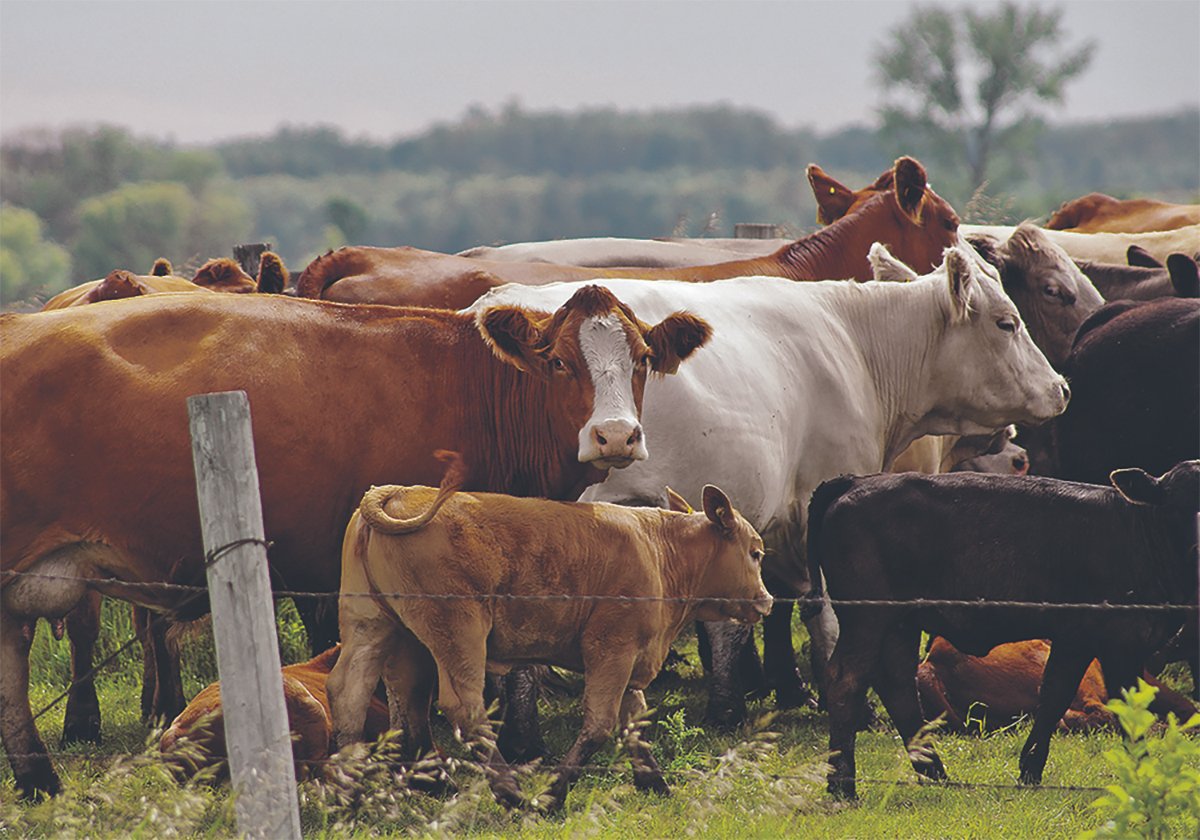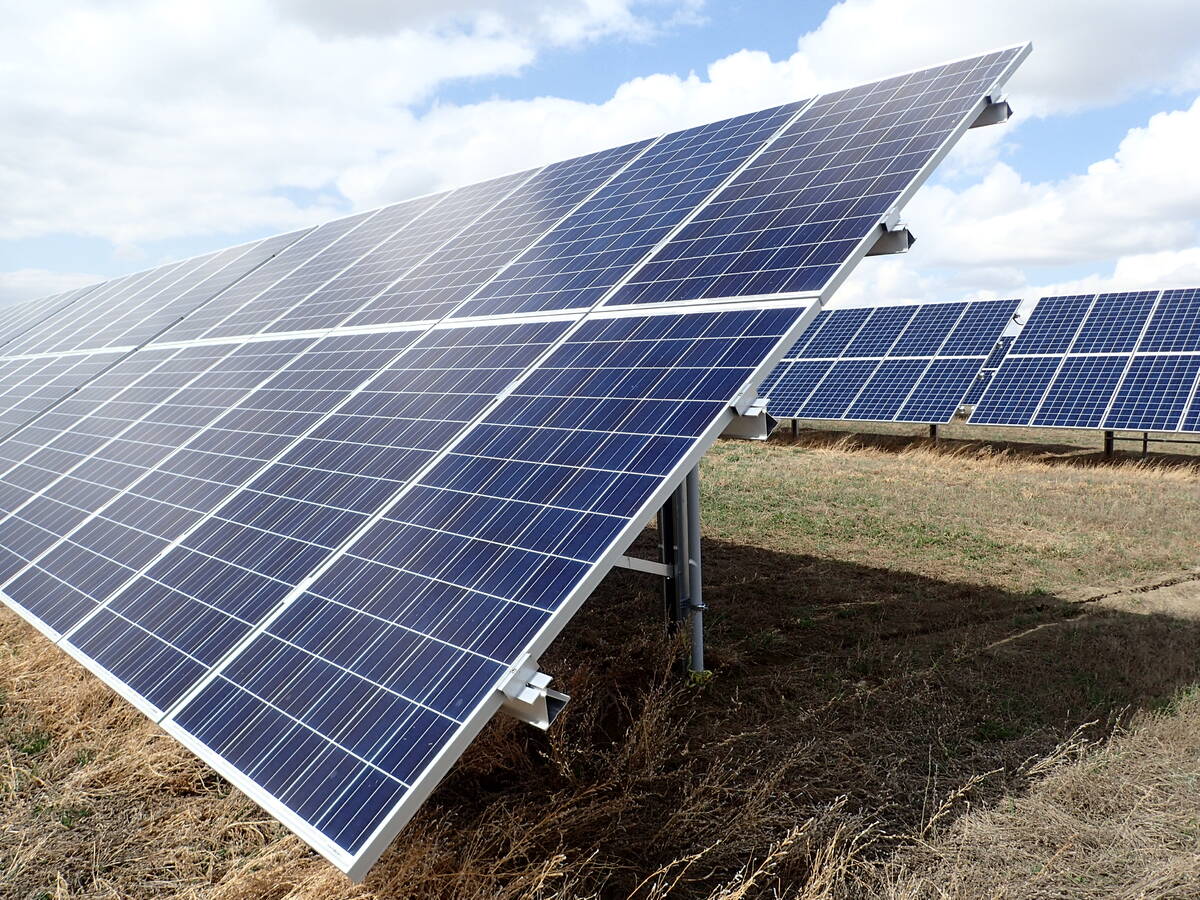It’s estimated that the amount of energy reaching the Earth from the sun is 173,000 terrawatts per year, which is 10,000 times more energy than what is currently needed to grow food, make our buildings comfortable in all seasons, drive vehicles and live our day-to-day lives.
Most of the energy we need currently comes from oil, coal and gas because for a century or two there weren’t enough cleaner alternatives and we didn’t have the technology to directly harness the sun’s energy.
We’ve now reached a point where we can instantaneously convert sunlight to electricity in a more cost effective and efficient way.
Read Also

High prices see cow-calf producers rushing to incorporate
Farm accountants are reporting a steady stream of cow-calf producers rushing to get their operations incorporated ahead of selling their calves this fall.
Furthermore, electricity can be produced right where you need it, and batteries can store excess energy for use when the sun isn’t shining.
The International Energy Agency recently forecast that renewable energy will become the top source of electricity generation in the world next year.
Solar energy is the fastest growing source of electricity generation, due in large part to its low installation costs, ease of deployment, operating lifespan of more than 30 years, minimal maintenance costs and better than 90 per cent recyclability.
According to PV Magazine, global solar capacity passed two terrawatts this year, with more than 600 gigawatts installed in 2024 alone.
The US Energy Information Administration estimates that China alone reached nearly 900 GW of solar capacity last year and has another 720 GW in the queue.
The United States, the European Union, Japan and India have installed solar capacity of more than 500 GW, with much more on the way.
As a result of this rapid rise in solar generating capacity, Ember Energy states in it latest annual electricity review that “a new era of falling fossil fuel generation is imminent.”
This global trend is going to become a significant headwind for the world’s petroleum producers and will undoubtedly affect Canada’s economy. In 2024, exports for mining, quarrying and the oil and gas sector were valued at $150 billion, approximately 21 per cent of all exports and five per cent of Canada’s GDP.
Those impressive export numbers will increase with the Trans-Mountain pipeline and Kitimat LNG terminal adding additional capacity. However, this short-term windfall won’t last if global demand begins to soften and petroleum prices continue their recent downward trend.
Longer term, the outlook is even murkier.
Renewable technology continues to get cheaper and improve. There is also strong public support for clean energy and government action on climate change because the majority of people recognize the need to stop burning fuel for energy.
A recent advisory opinion from the International Court of Justice states that governments have a binding legal duty to address climate change and protect their citizens from climate impacts.
In light of the ICJ decision, any attempts to block solar energy projects could ultimately be legally considered a violation of human rights.
Manipulating markets with restrictive policies to suppress an energy competitor breaches anti-competition laws while diverting billions in badly needed investment to jurisdictions friendlier toward solar energy.
At the same time, giving petroleum corporations a pass on their environmental and social responsibilities destroys goodwill and exposes complicit governments and corporate leaders to an ever-increasing number of lawsuits.
Perhaps it’s time to think carefully about what will be the best choice for nation-building projects.
We now have an opportunity to provide clean, low cost and egalitarian energy for present and future generations. Let’s look toward a brighter future, where energy is sourced directly from an ancient fusion reactor we call the sun.
Robert Miller is a retired systems engineer, formerly with General Dynamics Canada, who volunteers with the Calgary Climate Hub and writes on behalf of EcoElders for Climate Action. He lives in Calgary.

















